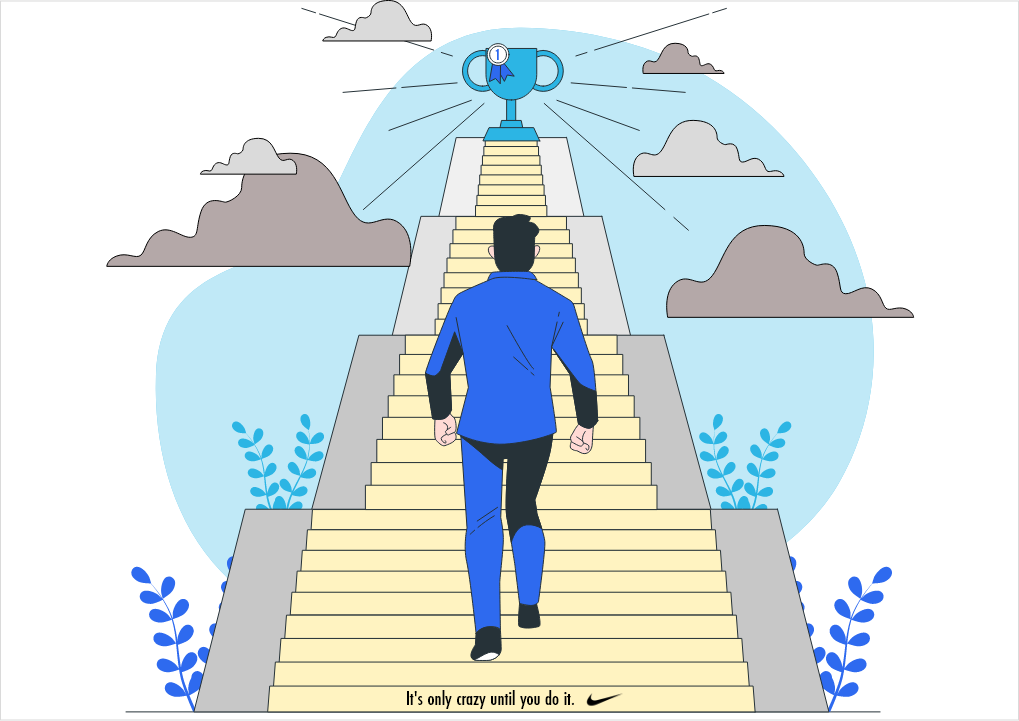Today I came across an ad that I thought was interesting and worth diving into. While reading an article (about how the pandemic has affected the cafe culture of Argentina) I saw an ad that I thought was a button because they did something I had never seen before. The button was designed to look like a modal window (that’s the style of button or message where the background of the page is faded out). Take a look at this screenshot:

Ha, ha! Usually, ads that pretend to be a button do an old-school type button but this one looks like a real button. And note that while the ad was in Spanish, the button was in English–looking like it the Spanish was a fake while the modal-window style button itself is indeed the target ad.
So, here is what this ad gets right:
- The visual design of the button itself, it looks like a real, quality button and makes you almost want to click it.
- It has the real ad faded behind it, emphasizing the “button-ness” but turning it into a modal window-type button.
- On the real ad, you can see what it is for, including a “Buy now” (“Compre ahora”) light button.
- The ambiguity of the modal window makes you think part of the page is faded out and you have to click it! This accentuates the power of the ad, and this is a key detail I hadn’t seen before.
But the ad makes some mistakes, as well. These include:
- The main text you read on the ad is “Visit site.” Huh? Why? It doesn’t even have a question mark nor an exclamation point. “Visit site?” or “Visit site!” as a question you want to answer or command you’re being strongly suggested to do would have made much more sense. But as a stand-alone phrase? Sounds foreign.
- But the problem is deeper than just grammar. Visitors are very unlikely to read the text of the ad. They’re likely to just read the “Visit site,” “Yes,” and “No.” So the “Visit site” could have been something more compelling and clearer, like: “See Cell Phone?” (imagining it was an ad for a cell phone plan, which I’m guessing based on the language below it.)
- I happen to be in a Spanish speaking country now, but my browsers and all my browsing is in English. So the background portion of the ad was in Spanish, and the modal window button text is in English. You would have expected it to all be in the same language, based on the targeting. (Of course, there is a counter-argument, that this was on purpose: often, Latin Americans buy their technology in the US and thus have English-language operating systems, so this could have been attempting to emulate the operating system in that way as well!)
In conclusion, the modal window tactic is interesting and could potentially work. You should try it out, see if it improves your clickthrough rates (or whatever objective you’re aiming for), and let me know.
PS: I’m starting to review display and programmatic ads, so drop me a note if you have one you want me to review. Or if you’re interested in improving your targeting using managed placements.






